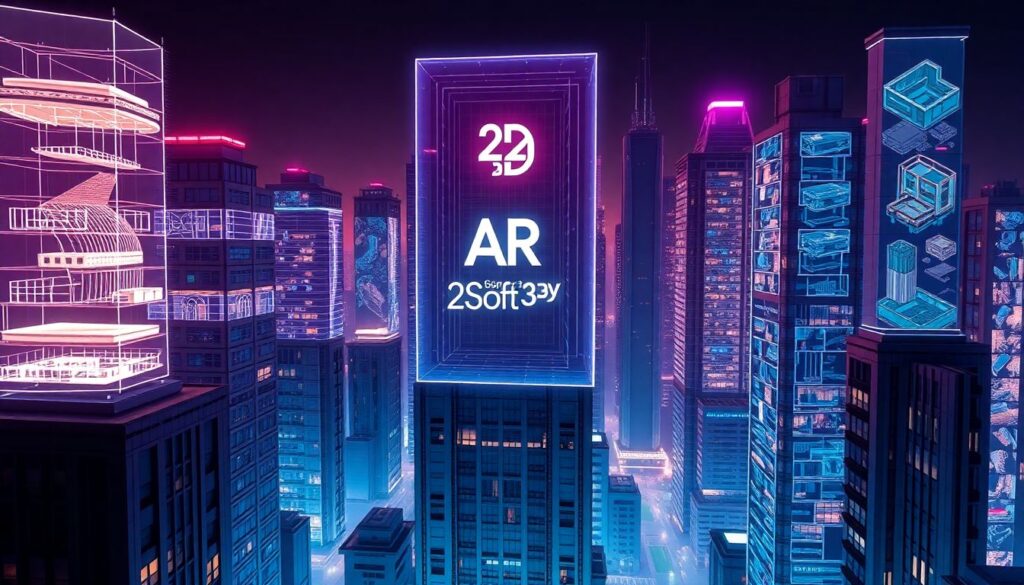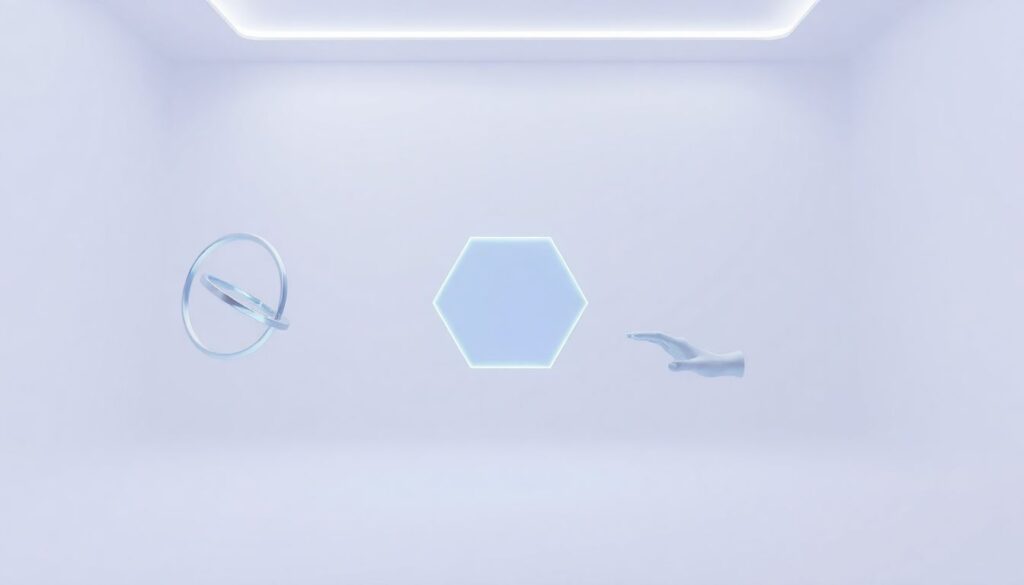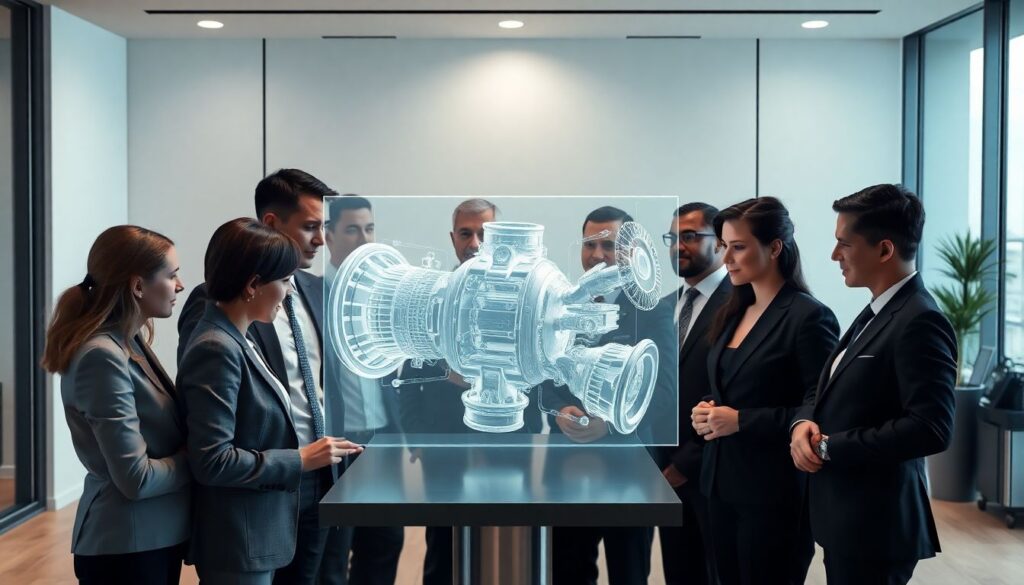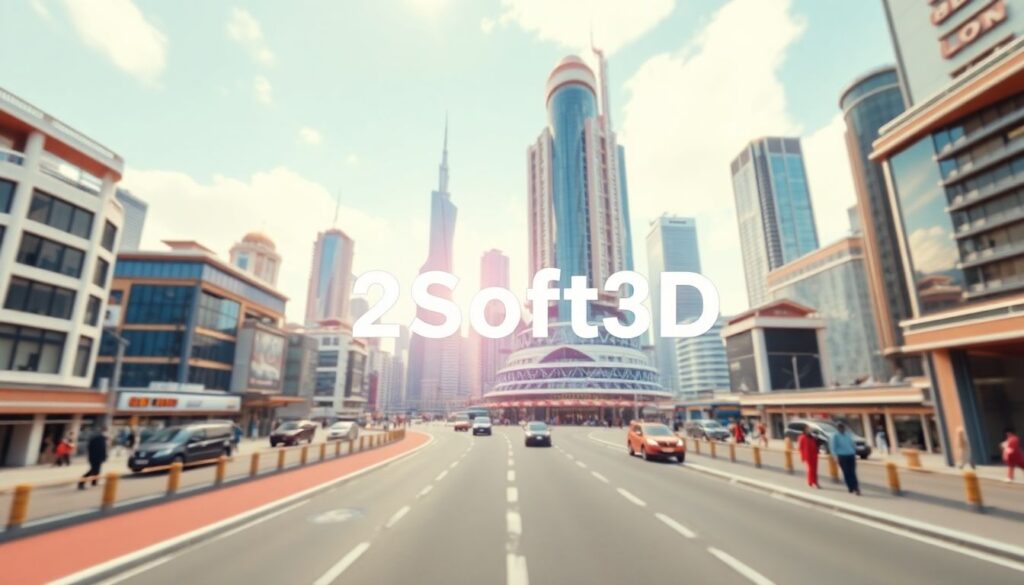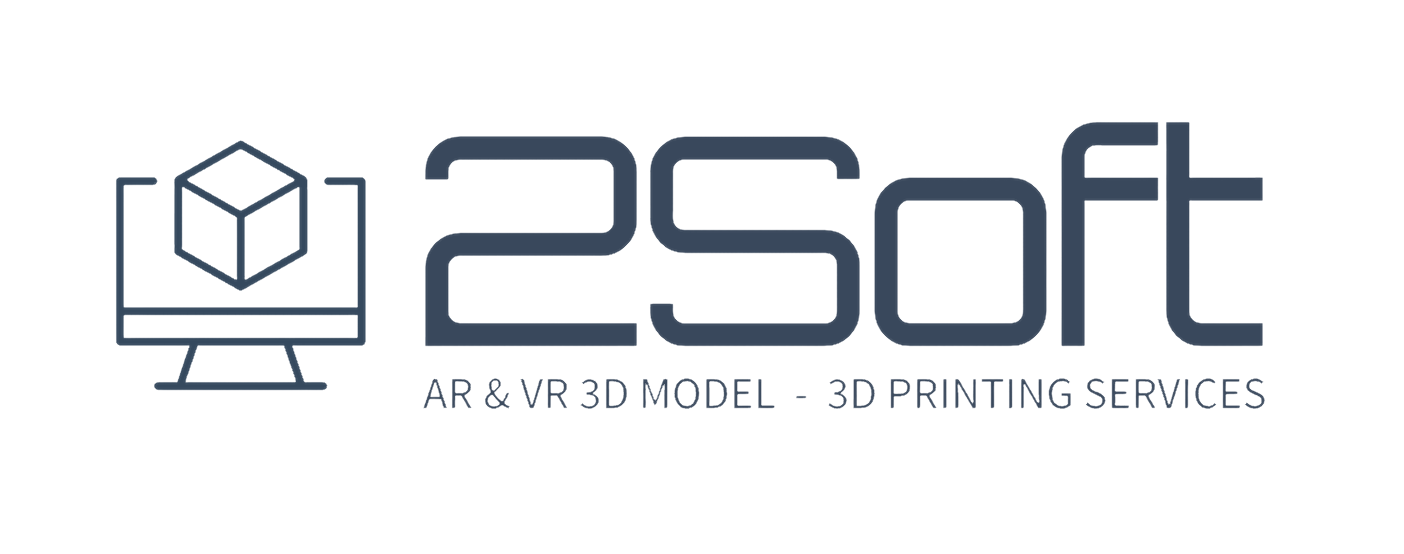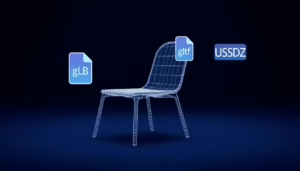
—
*”How to Create an Interactive 3D Model: A Step-by-Step Guide with GLB, GLTF, and USDZ Formats”
### **Introduction: The Power of Interactive 3D Models**
Interactive 3D models are transforming industries—from e-commerce product visualization to immersive AR/VR experiences. Whether you’re designing for web, mobile, or augmented reality, choosing the **right file format** (like **GLB, GLTF, or USDZ**) is critical. In this guide, we’ll walk you through creating interactive 3D models, with insights from **2soft3d.com**’s expert 3D modeling team.
### **1. Start with the Basics: Tools & Professional 3D Modelling Services**
– **Software:** Use Blender, Maya, or ZBrush for initial modeling.
– **Outsourcing:** Partner with a **3D modelling service** like 2soft3d.com to refine textures, lighting, and topology.
– **Key Tip:** Always design with **cross-platform compatibility** in mind.
**2. Optimize for Multiple Platforms: GLB, GLTF, and USDZ Formats**
#### **GLB/GLTF Formats**
– **Why Use Them?**
– **GLB**: A binary version of GLTF, ideal for compact file sizes and fast loading.
– **GLTF**: The “JPEG of 3D,” perfect for web and mobile apps. Supports animations, PBR materials, and scalability.
– **Best For:** Web apps, Android AR, and cross-platform projects.
#### **USDZ Format**
– **Why Use It?**
– Apple’s preferred format for iOS AR experiences (ARKit and Reality Composer).
– Preserves high-quality textures and animations without compression.
– **Best For:** iOS apps, AR Quick Look, and premium AR experiences.
**Conversion Tips:**
– Use tools like Blender or **2soft3d.com**’s optimization services to export models into **GLB, GLTF, or USDZ** formats.
– Test compatibility across platforms (e.g., GLB for Android, USDZ for iOS).
**3. Add Interactivity: Engage Users Across Devices**
– **Animations & Hotspots:**
– Add clickable elements (e.g., rotating product parts) using **GLTF/USDZ**’s animation support.
– Embed metadata (pricing, specs) for interactive e-commerce models.
– **AR/VR Integration:**
– Partner with a **3D model AR provider** to ensure models work flawlessly in ARKit (USDZ) or WebAR (GLB/GLTF).
### **4. Platform-Specific Integration**
#### **Web & Mobile Apps**
– **GLB/GLTF:** Use Three.js, Babylon.js, or A-Frame for web integration.
– **USDZ:** Deploy in iOS apps via ARKit or Reality Composer.
#### **Cross-Platform Testing**
– Validate models on both Android (GLB) and iOS (USDZ) devices.
– Ensure textures and animations load smoothly.
### **5. Common Mistakes & Solutions**
– **Mistake:** Using incorrect formats for target platforms.
**Solution:** Follow this rule:
– **GLB/GLTF** → Web, Android, and general AR/VR.
– **USDZ** → iOS, Apple AR, and high-fidelity demos.
– **Mistake:** Overloading models with unnecessary polygons.
**Solution:** Let **2soft3d.com**’s team optimize topology for **GLB/GLTF/USDZ** exports.
How to Create an Interactive 3D Model: A Step-by-Step Guide with GLB, GLTF, and USDZ Formats
### **Why Partner with 2soft3d.com?**
– **Multi-Format Expertise:** Our 3D modeling team masters **GLB, GLTF, and USDZ** conversions for any platform.
– **AR/VR Focus:** We ensure models are optimized for both Android (GLB) and iOS (USDZ) AR experiences.
– **End-to-End Service:** From concept to final file delivery, we handle:
– PBR texture baking.
– Polygon reduction.
– Cross-platform compatibility checks.
How to Create an Interactive 3D Model: A Step-by-Step Guide with GLB, GLTF, and USDZ Formats
### **Final Thoughts**
Creating interactive 3D models isn’t just about design—it’s about choosing the **right format** for your audience. Whether you need **GLB for web**, **GLTF for flexibility**, or **USDZ for Apple’s ecosystem**, 2soft3d.com’s 3D modeling experts ensure your models shine on every platform.
🚀 **Need GLB, GLTF, or USDZ Models? Contact 2soft3d.com Today!**

